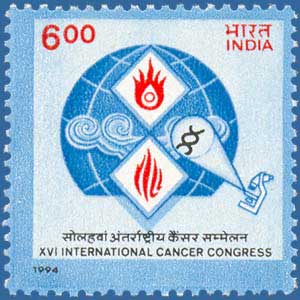A growing number of well-designed epidemiological and molecular studies provide substantial evidence that the pesticides used in agricultural, commercial, and home and garden applications are associated with excess cancer risk. This risk is associated both with those applying the pesticide and, under some conditions, those who are simply bystanders to the application. In this article, the epidemiological, molecular biology, and toxicological evidence emerging from recent literature assessing the link between specific pesticides and several cancers including prostate cancer, non-Hodgkin lymphoma, leukemia, multiple myeloma, and breast cancer are integrated. Although the review is not exhaustive in its scope or depth, the literature does strongly suggest that the public health problem is real. If we are to avoid the introduction of harmful chemicals into the environment in the future, the integrated efforts of molecular biology, pesticide toxicology, and epidemiology are needed to help identify the human carcinogens and thereby improve our understanding of human carcinogenicity and reduce cancer risk.
Source:
Alavanja, M. C. R., Ross, M. K. and Bonner, M. R. (2013), Increased cancer burden among pesticide applicators and others due to pesticide exposure. CA: A Cancer Journal for Clinicians, 63: 120–142. doi: 10.3322/caac.21170

- Log in to post comments
